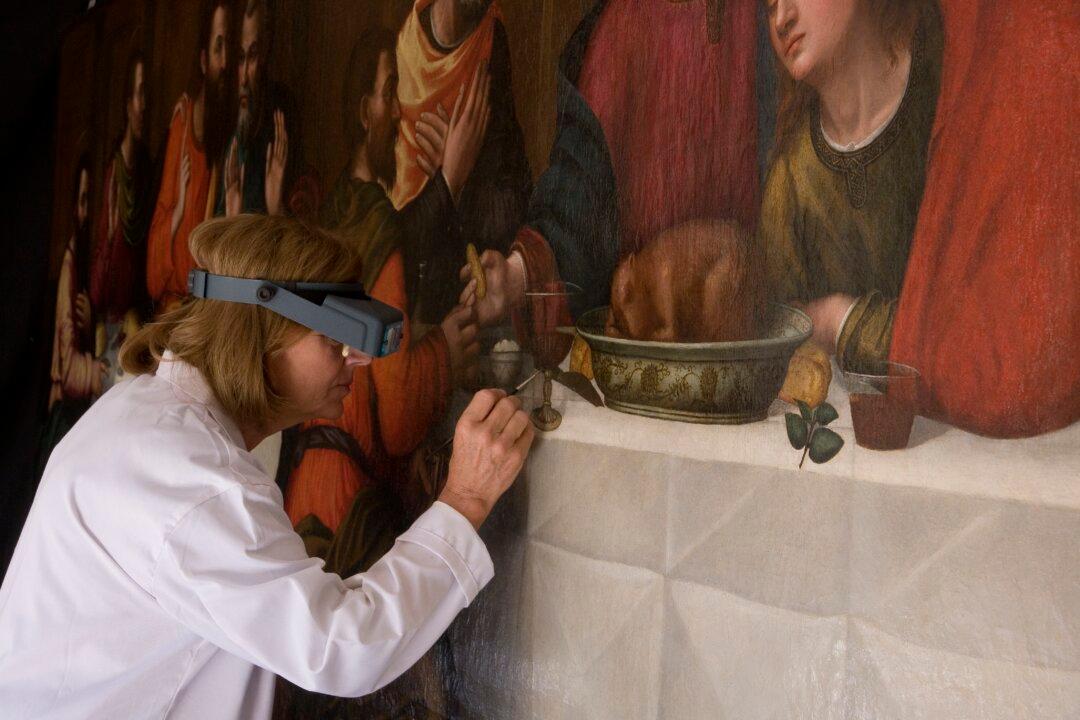Who better to paint biblical scenes than someone who had devoted her life to God. Sister Plautilla Nelli painted 13 life-size male figures, depicting the moment of Christ’s betrayal, across a 21-foot canvas—one of the largest paintings by any early female artist worldwide.
Nelli’s “Last Supper,” painted around 1550, is the only “Last Supper” known to have been painted by a woman. The painting was recently unveiled in the Old Refectory of the Santa Maria Novella museum in Florence, Italy, after four years of extensive restoration. It is now part of the museum’s permanent display.






